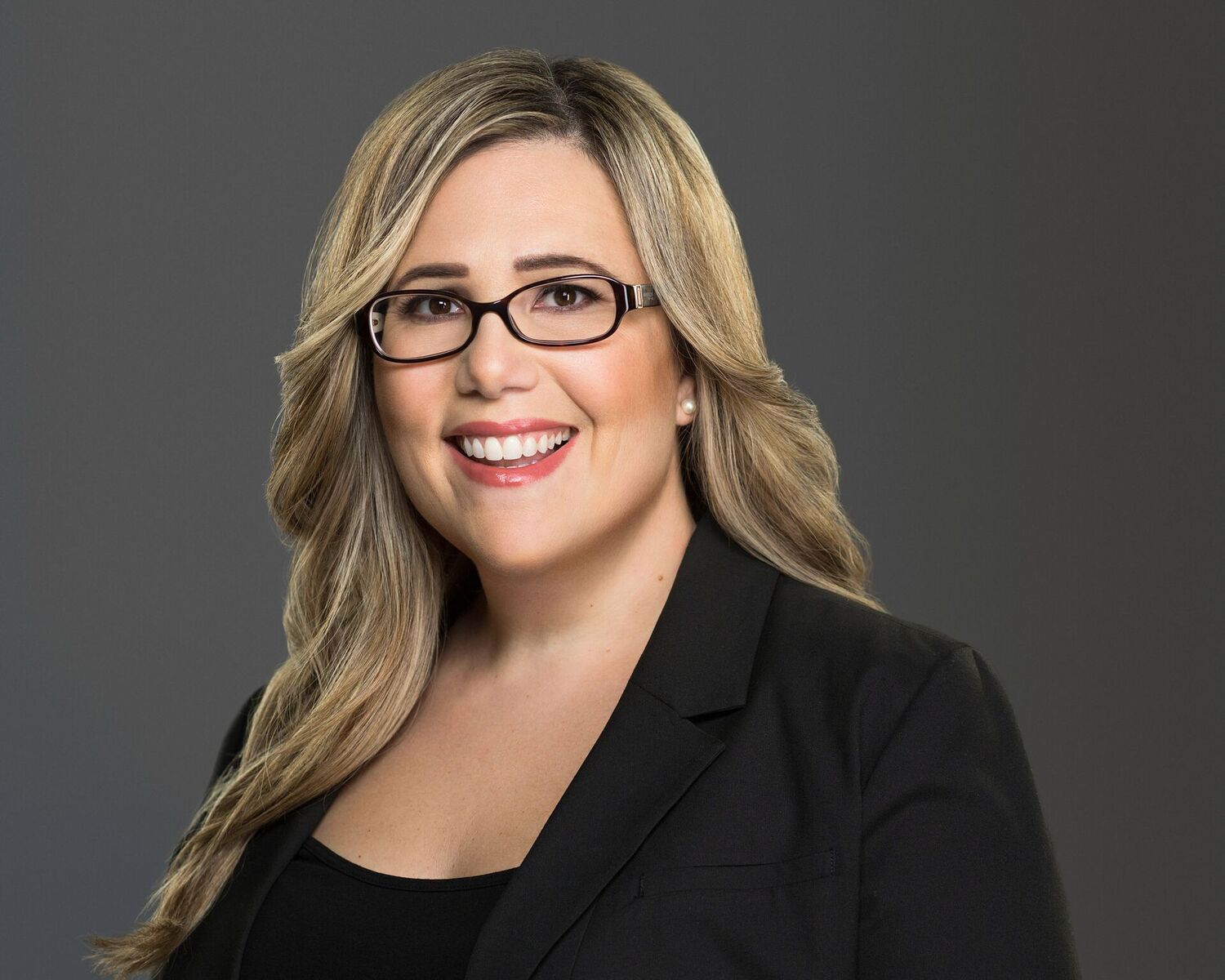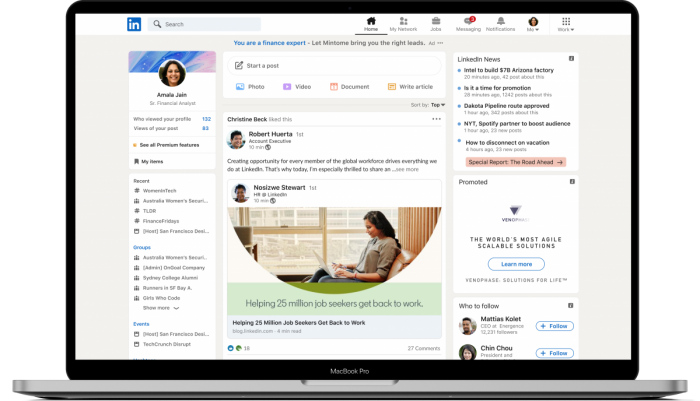Until a few years ago, having a robust LinkedIn profile did not matter. Most LinkedIn profiles represented a resume dump. Conversations, visibility, and social reach were limited and deemed unimportant.
With over 700 million users on the platform today (up several hundred million from just two years ago), LinkedIn has become the number one resource for job seekers, entrepreneurs, businesses, and all professionals. It’s a place where you can get immediately seen and noticed by a recruiter or prospective employer. It’s also a place to build a personal brand, create a network and community, and share thought leadership to drive lead generation and direct access to your business.
Over the last few years, LinkedIn has made enormous strides in optimizing the platform to enhance the user experience for all professionals. In 2016, LinkedIn changed the algorithm by enabling job seekers to flip on a switch allowing recruiters to know that the job seeker was actively looking, but without alerting an employer. That same switch allowed job seekers to acquire more relevant job recommendations, target key industries, list desired roles, and craft a 300-word introduction to recruiters about their job search interests. Over time, LinkedIn refined that tool which now allows for job seekers to list targeted job titles in multiple geographic locations.
I previously wrote in the HuffPost about the widening gap of talent and digital skills in the workforce according to LinkedIn. The platform continues to increase user interfacing through online courses and training to help increase knowledge for these digital skills. In recent months, LinkedIn has added in a “Features” tab which allows career experts like myself to display important media, awards, and other valuable insights for job seekers and professionals.
I remind my executive clients that they need to stay on the cutting edge of LinkedIn and aware of changes that roll out every few months. Keep in mind that not every person is using LinkedIn for the same purpose – some are not actively job seeking but receive direct opportunities because of the profile optimization, whereas others use the platform to promote their podcast, product, or service. LinkedIn has created its own Google search engine as AI software has evolved, which is why it’s imperative for every professional and business to have an optimized and active profile that hinges on the keywords recruiters or potential clients would seek out.
According to a new blog post by LinkedIn CEO, Ryan Roslansky, 3 people are hired every second through LinkedIn’s community. Imagine that. 3 people hired every second on a social media platform! LinkedIn recently launched its “Open to Work” feature which includes a photo frame letting users showcase their job search needs in a direct fashion on their profile. While there were many pros and cons by users and career professionals as to the efficacy of this feature, Rolansky noted that nearly 2.5 million users adopted use of this feature and early results “show members with the Open to Work photo frame are receiving 40% more InMails from recruiters and 20% more messages from the LinkedIn community.”
As times continue to change and AI software continues to gain consumer insights , LinkedIn has created new items that include the following:
- New redesign with a streamlined search experience and a dark mode
- Refined job search capabilities
- A “stories” feature similar to Facebook and Instagram to create more human interaction
- Video calls through a message thread
If you’re on the fence about leveraging LinkedIn for your personal brand or questioning the need to utilize the platform to enhance your personal brand or workplace opportunities, remember that as the digital age evolves, so does the process of job searching, building a network, and creating new roadmaps to professional success. The strategies of yesterday are not the strategies of tomorrow.


